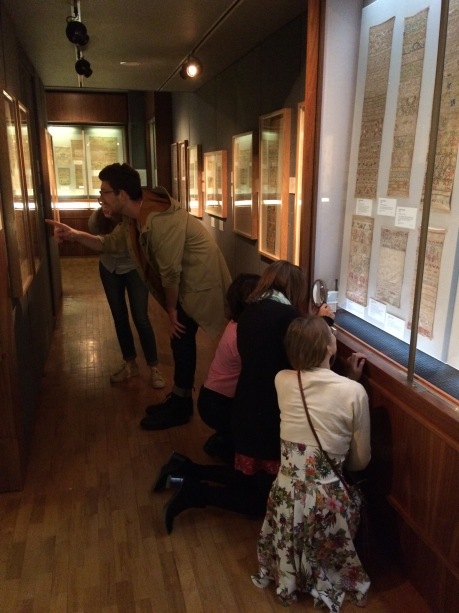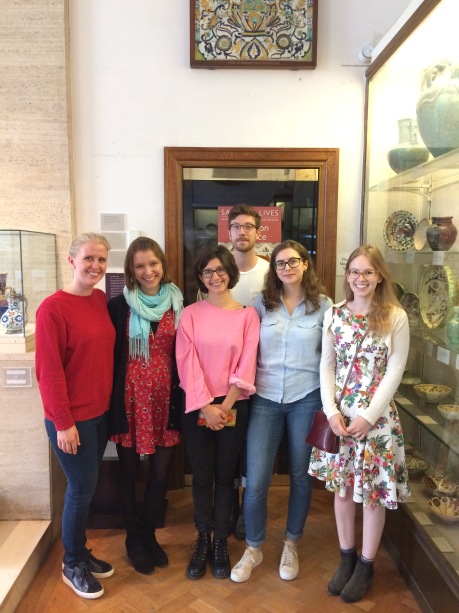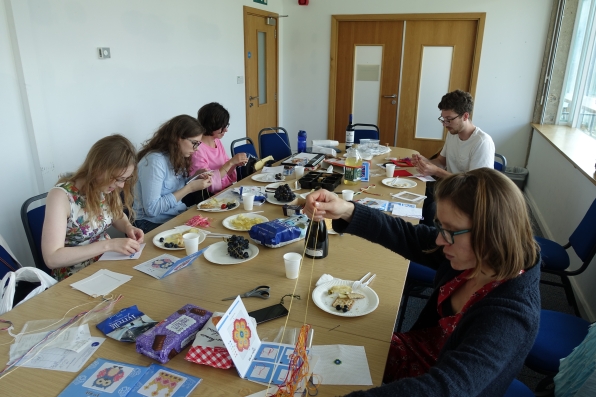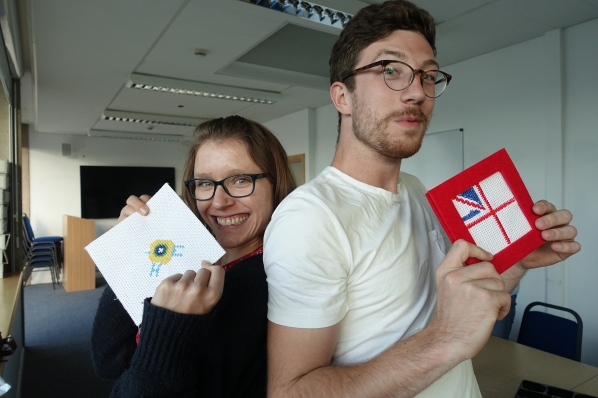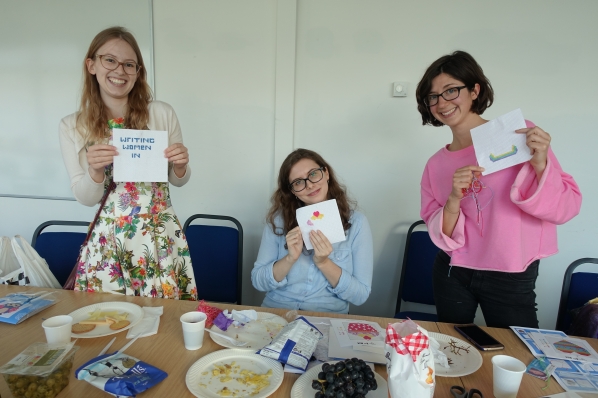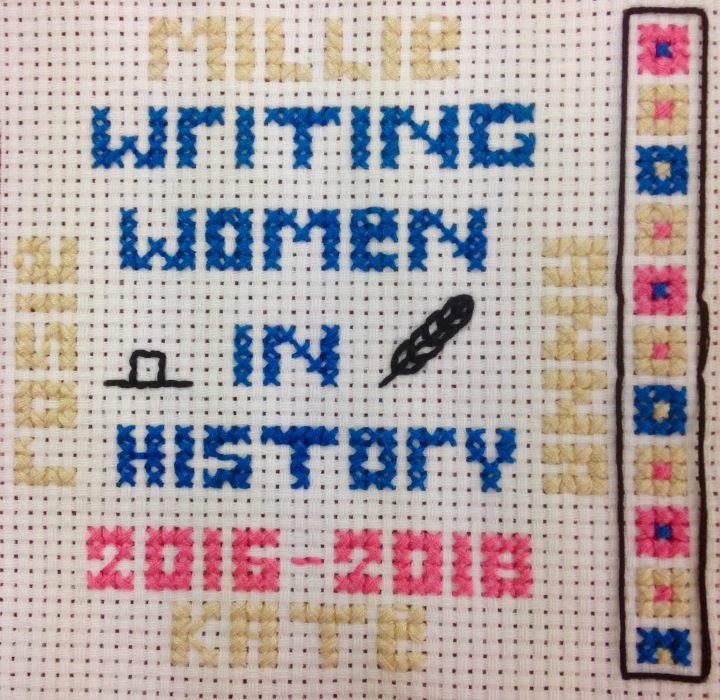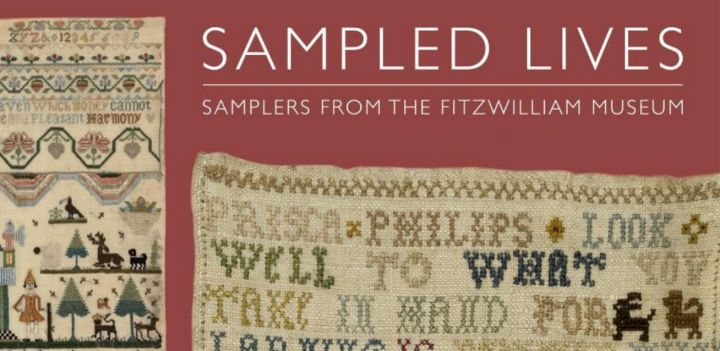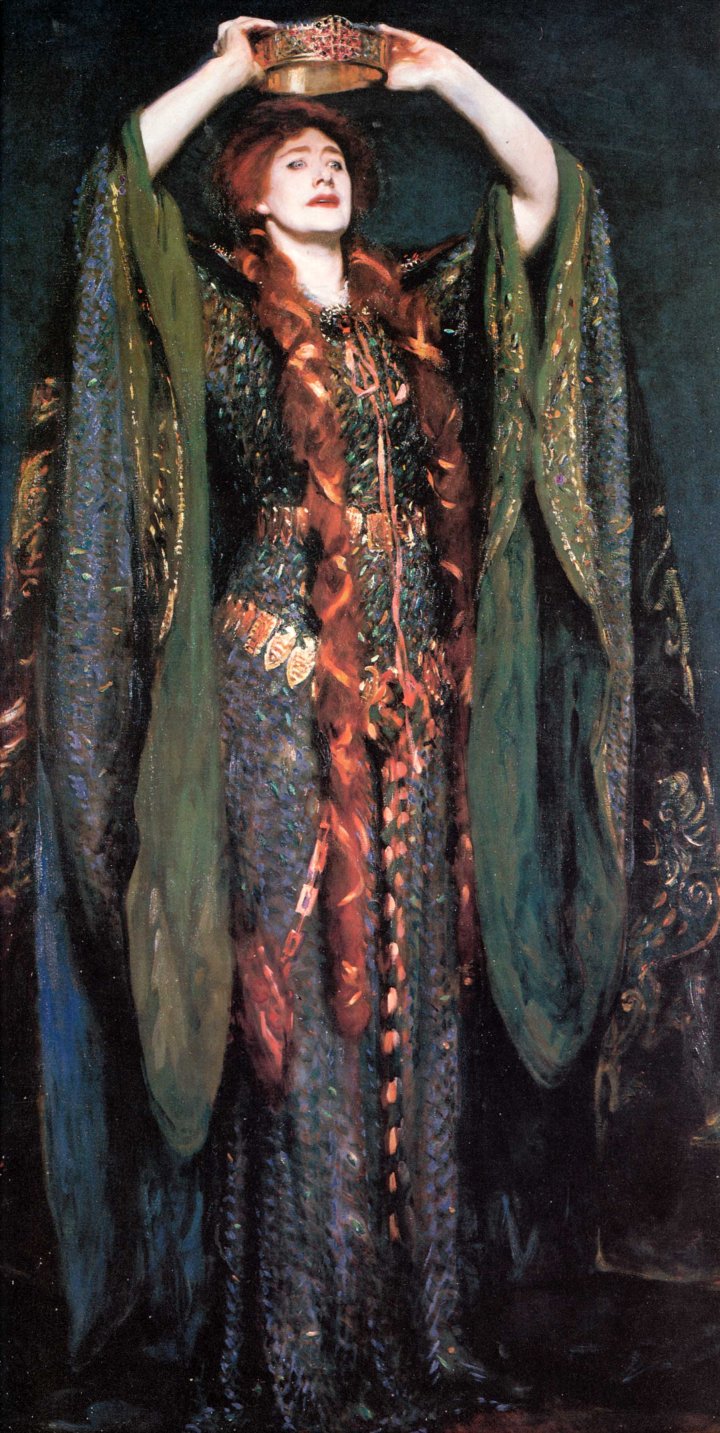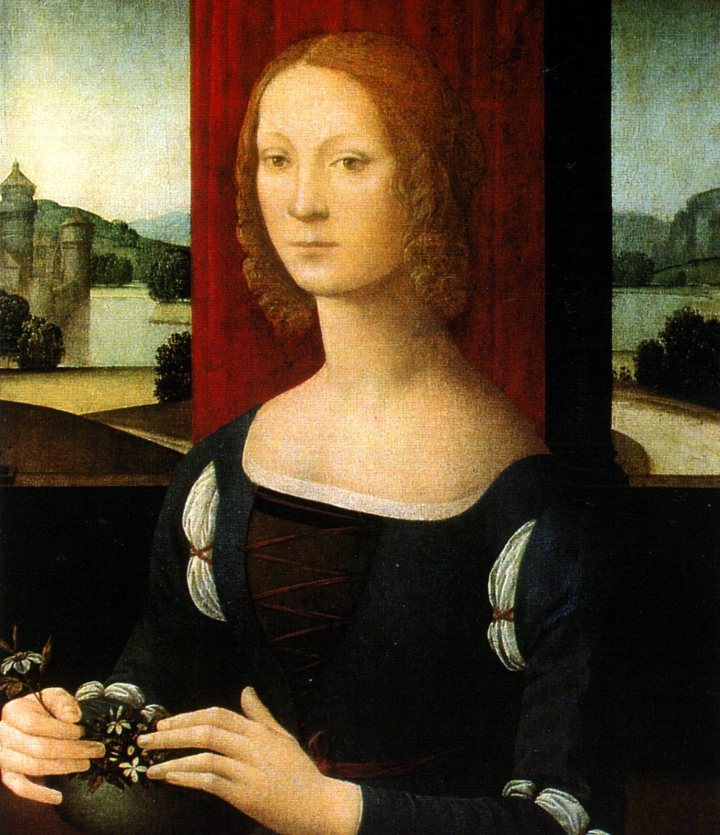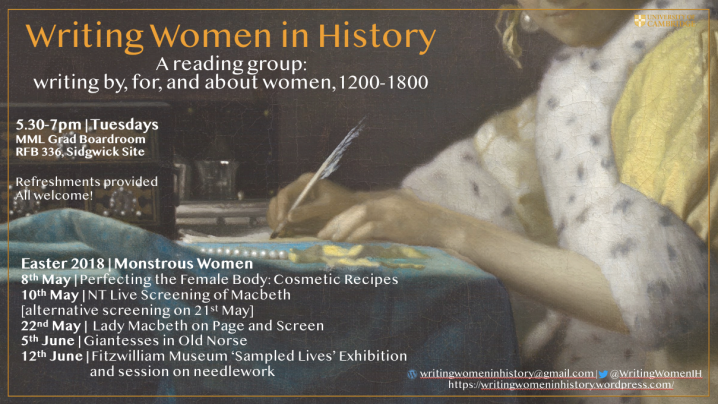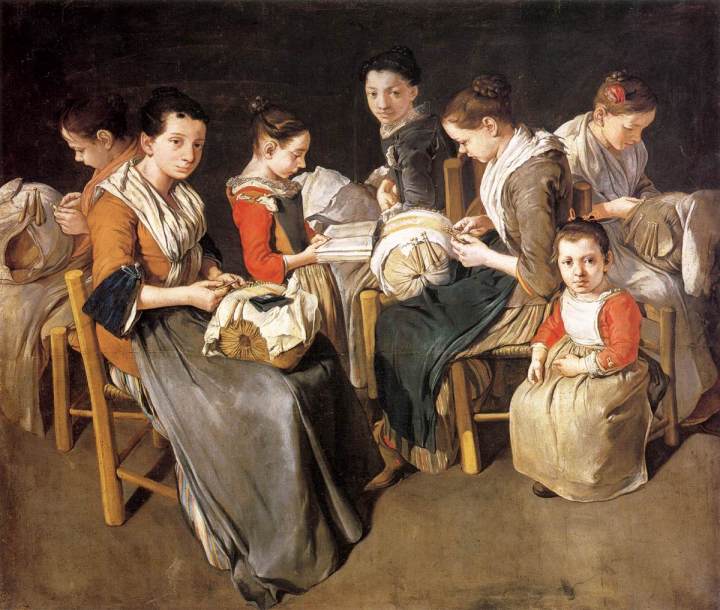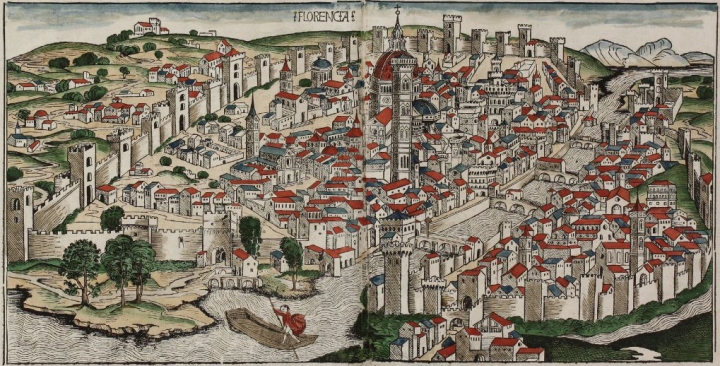A sunny evening saw us transported to bleak, war-torn Scotland. The National Theatre’s production of Macbeth was brutal and post-apocalyptic, a distraught vision of humanity. Sadly, we agreed with the majority of reviewers out there: Rufus Norris’ production was big on shock value and visuals, but weak on substance. The overly intrusive staging accompanied an unnecessarily literal interpretation of Shakespeare’s words, with dead babies and children murdered onstage in a bath of blood. The music of the lines was lost in a series of cuts which showed little respect for verse and its power. The witches themselves also lost their significance, reduced to little more than conduits for some sort of voice from above; any sense of their own agency in their action was lost. Moreover, in a war-torn dystopian future, Macbeth‘s concern with hierarchy and lineage felt out of place and meaningless. The mash of too many influences eventually meant that all lost their sense and power.
In turn, this led to us questioning whether it is ever possible to update the witches. Do they lose their importance as characters as soon as you remove them from a world which believes in their power? Without belief, where is their strength? It was suggested that AI witches might be the answer to witches for our age, working in ways we cannot understand to seemingly predict our thoughts and actions.

The excellent-as-ever performances by Rory Kinnear and Anne Marie Duff were the play’s redeeming feature, their relationship believable, even as guilt became an increasingly meaningless emotion in a society without a moral code.
Moving on to Lady Macbeth more broadly, we pondered the old question of why an ambitious woman is inevitably condemned for that trait, while a man is never blamed for desiring to be king. We reflected too on quite how brief her time in the play is: an instigator of rise and then of fall, she disappears surprisingly early, to become an often-invoked memory and presence instead. While she is undoubtedly a malign presence at times, we could not condemn her as unilaterally and superficially as some have done.

We found the article, Mark Thornton Burnett’s ‘The ‘fiend-like Queen’: rewriting Lady Macbeth’, Parergon, 11 (1993), 1-19, unconvincing (admittedly, written a while ago; work on gender has progressed). His reading seemed to reach too far to see characters as gendered, or bi-gendered, and we also were sceptical of his analysis that Lady Macbeth’s suicide was a supposed sign of her integrity. We also felt that, actually, gender is perhaps not a primary preoccupation of Macbeth, important though it is, and fascinating as a character as Lady Macbeth is. We certainly managed an impassioned and lengthy discussion!
Join us in a fortnight for Old Norse goddesses, monstrous and powerful women of a whole other sort!
